What is it?
Autocar rather likes the Kia Sportage, and given one was sold every 69 seconds last year, so do many European drivers.
To maintain the appeal of this mid-sized SUV, a midlife refresh brings not only aesthetic refinements but also updates to the infotainment system and a gamut of safety technologies.
They are subtle changes, mind. The foglight housings are new and are joined by gloss black and chrome trim within the redesigned front bumper. The ‘tiger nose’ grille has been developed a fraction, while new full-LED headlights feature four-point daytime running LEDs that ape those found on Porsche’s latest-generation models.
Inside, there’s a new steering wheel and instrument cluster, and the ventilation controls have been redesigned (although they still have an oddly puerile look to them). Depending on specification, you’ll get either a 7.0in or 8.0in touchscreen display that’s satisfactorily sharp, and even entry-level models come with Apple CarPlay and Android Auto smartphone connectivity.
The engine line-up has also been tweaked to conform to Euro 6d TEMP emissions standards. Available in either naturally aspirated (128bhp) or turbocharged (171bhp) form, Kia’s Gamma direct-injection 1.6-litre petrol now has an updated particulate filter, and the old 1.7-litre CRDi turbo diesel is replaced by a new 1.6-litre unit tuned to 112bhp or 131bhp. These engines are mated to either a seven-speed dual-clutch or six-speed manual transmission, driving either the front or all four wheels.


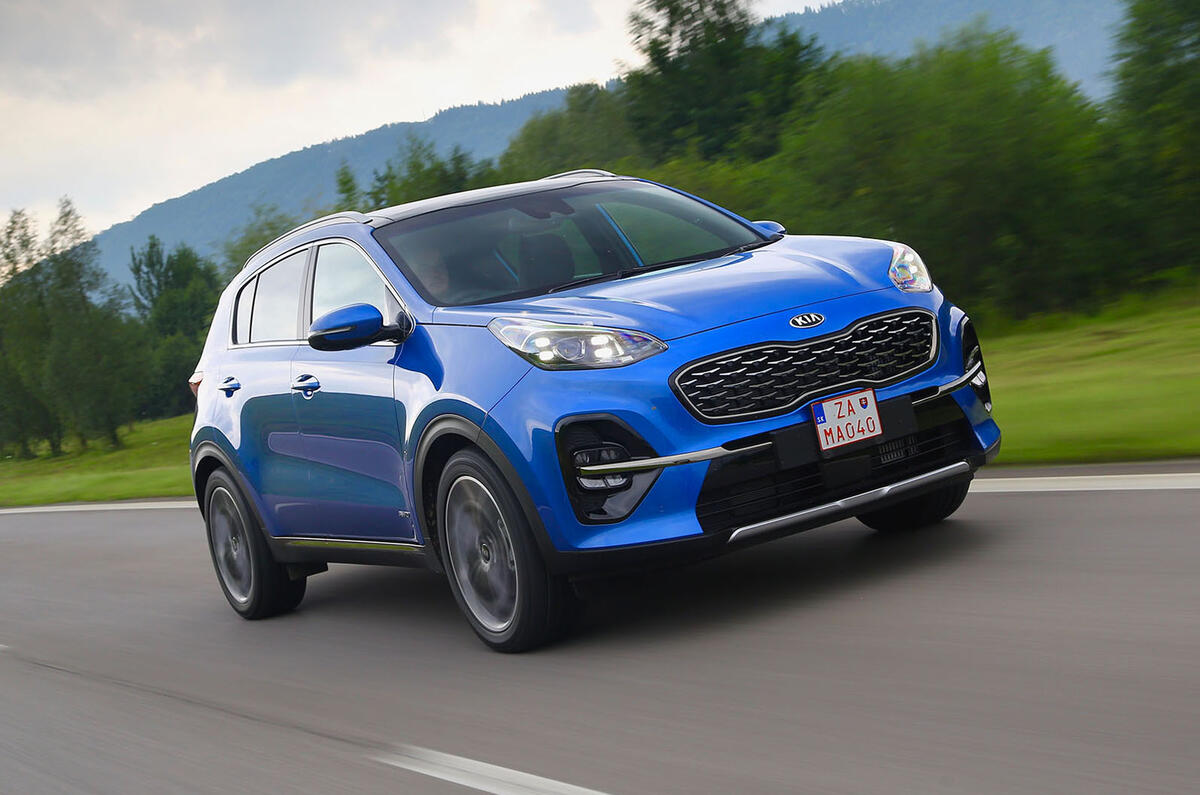

















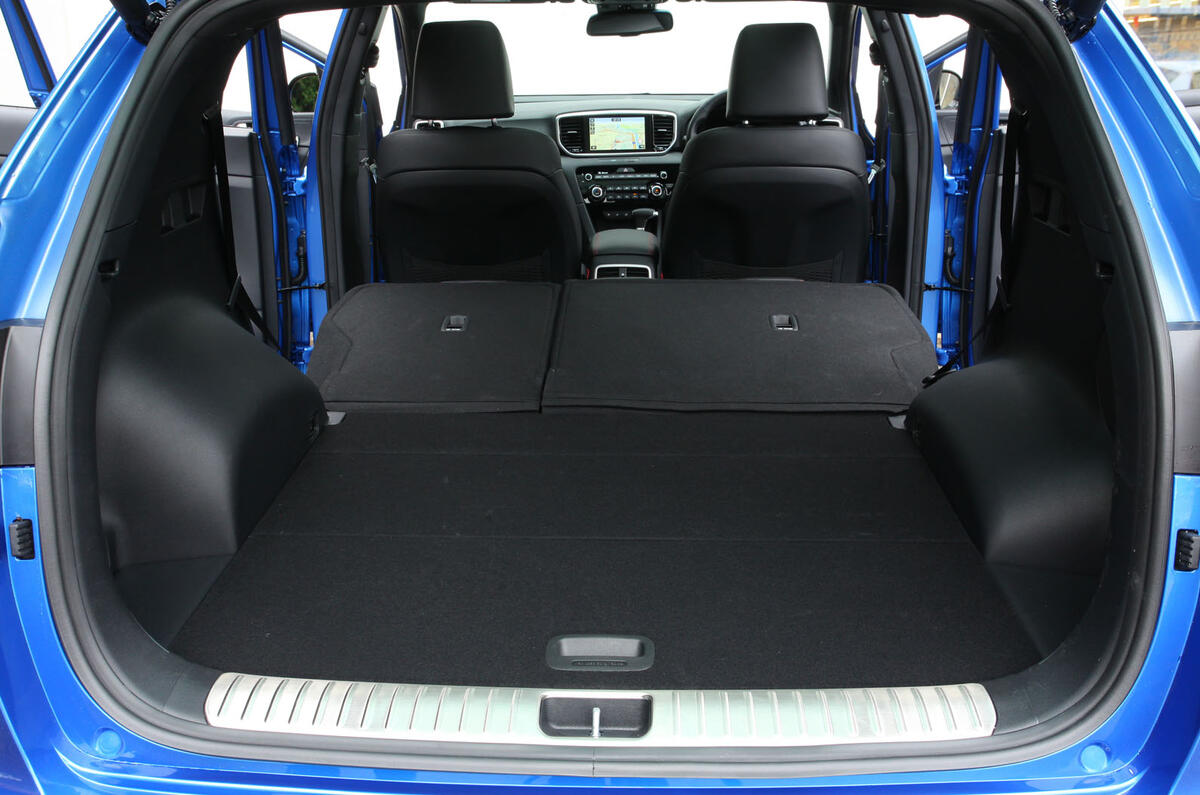




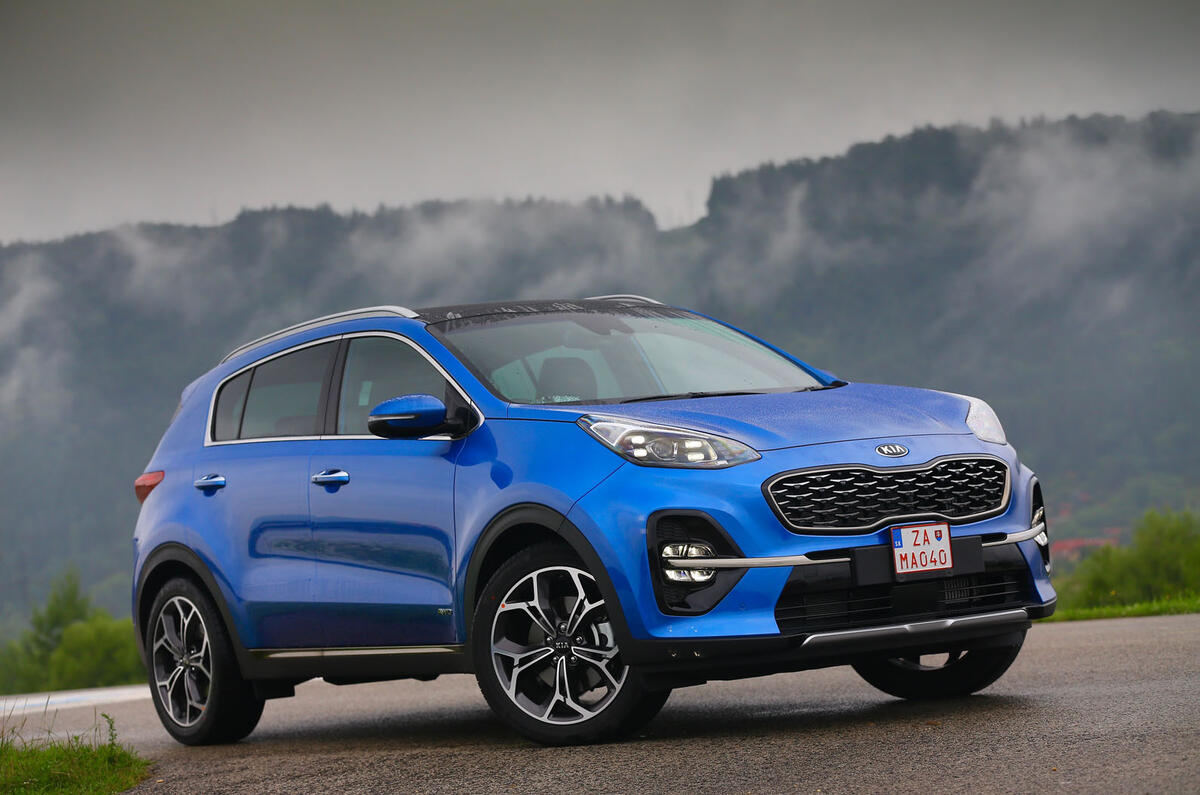


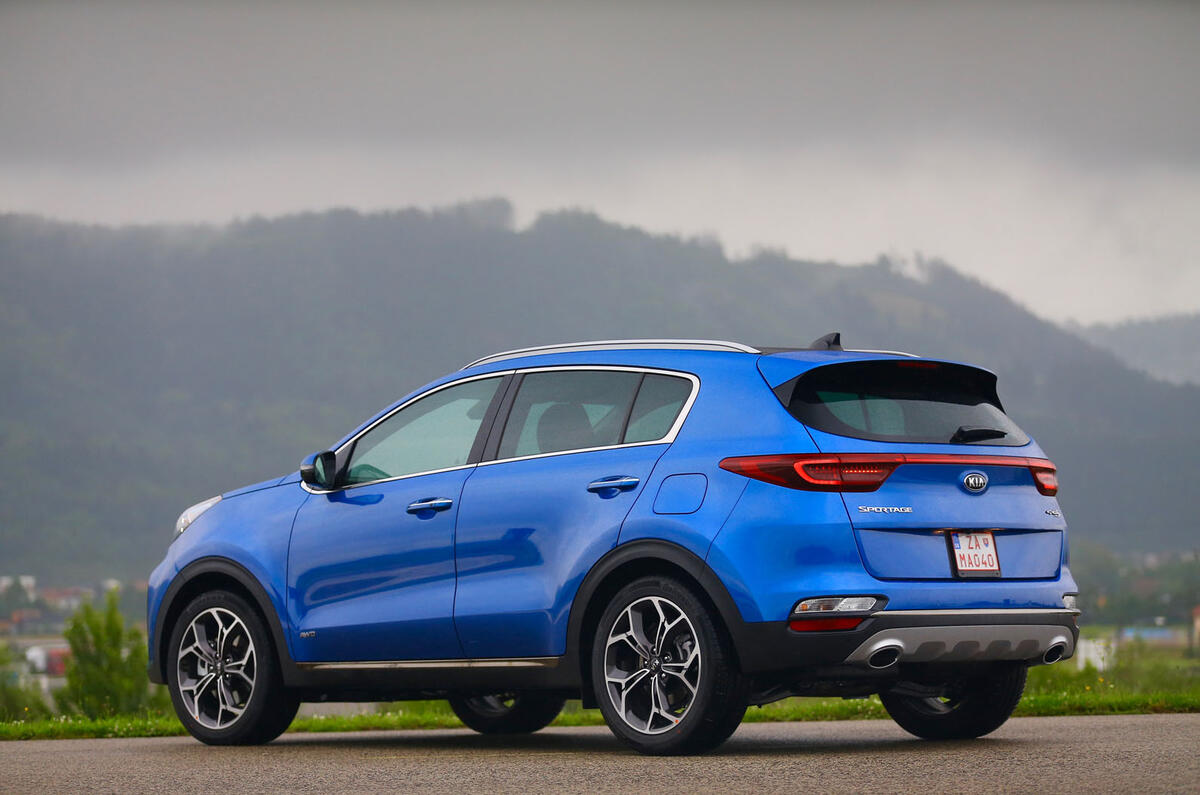
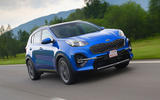


































Join the debate
Add your comment
It seems to me that a lot of
It seems to me that a lot of technology is packed into these cars in order to scrape through the Euro 6d TEMP emissions but are of little use in the real world. I wonder how potential third or fourth owners will look at it.
This system in the Tucson
This system in the Tucson drop the emissions by nearly 20g/km with the same power available so it works for sure. But I think its too late in some respects, For the company car market BIK rates level out at the top so much now it actually makes little financial difference, in the Tucson the 2% lower BIK band saves a 40% tax payer a mere £200 a year.
Although it would have been a lot more if it were not for the new emission testing being harder.
March of the hybrids
How?